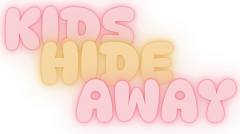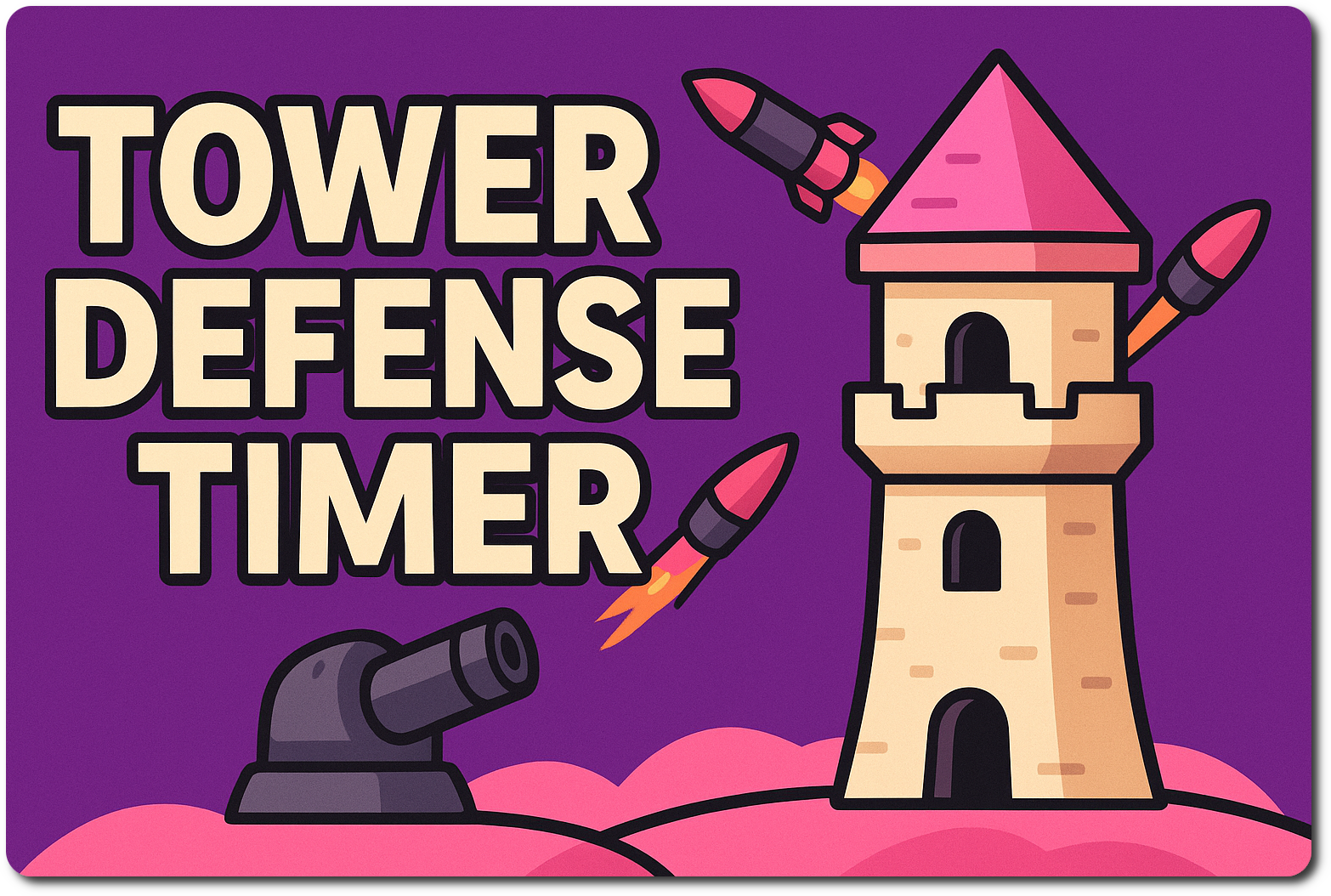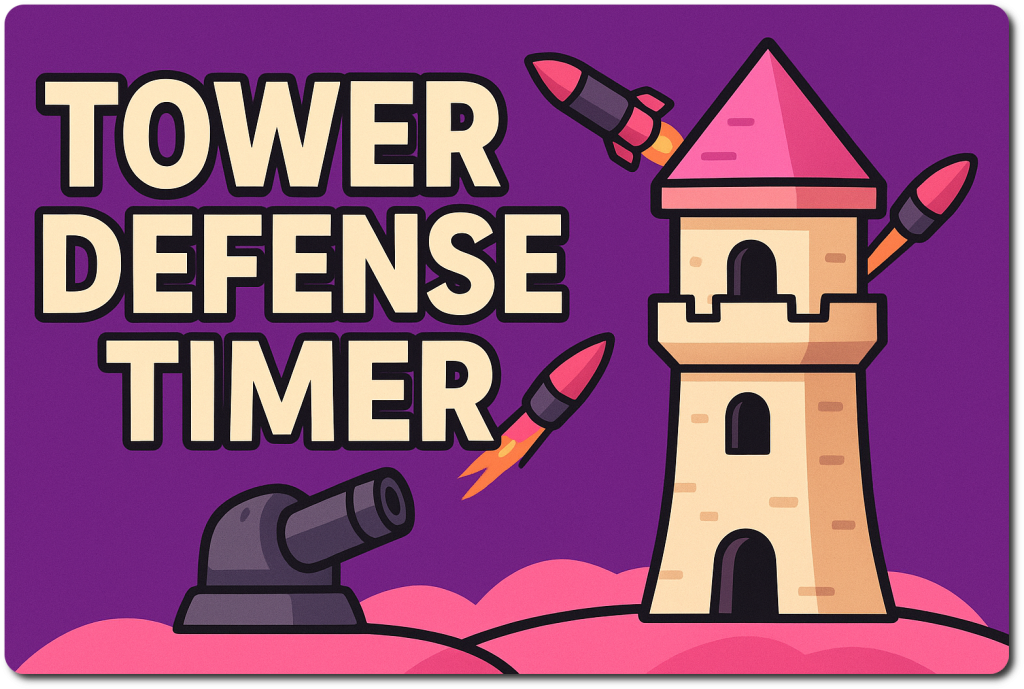We also need a plan for any image assets we are going to use. Can’t use the courses assets if we are going to publish the plugin and game for people to use. Gotta be original with no copyright.
So the off to chatgpt we asked it to conitnue the discussion from yesterday, and to create a plan for creating all the image assets that would be needed for the project. This is what it generated.
— chatgpt image/asset plan starts here —
Image Asset Plan – Godot & WordPress
Step 1: Define Asset Categories
A. Godot Game Assets
Word-count milestones effects (confetti, glow)
Towers (NPC)
- Different tower types (e.g., basic, upgraded, ultimate)
- Idle animation / firing animation / hit effects
- Icon for HUD (miniature tower images)
Enemies / Obstacles
- Small animated sprites
- Enemy states: idle, moving, hit, destroyed
Environment
- Backgrounds (day/night or themed)
- Terrain / path overlays
- Decorative elements (trees, clouds, particles)
HUD & UI
- Timer display frames / icons
- Word count display frame
- Progress bars (circular or linear)
- Buttons: Start, Pause, Reset, Publish Scene
- Particle effects sprites (optional: sparkles, fireworks)
Particles & Effects
- Tower firing effects
- Explosion / hit effects
B. WordPress Plugin Assets
- Plugin Dashboard
- Icons for timer, word count, tower upgrades
- Scene publish button icon
- Notifications / status icons
- Custom Post Type (Serial Book)
- Optional cover image template for chapters
- Decorative icons for chapter progress (optional gamified style)
- Embedded HTML5 Game
- Game thumbnail / poster for WordPress page
- Mini-icons for tower stats or HUD displayed in WordPress dashboard
Step 2: Decide Asset Style
- Art Style Options:
- Pixel Art (retro, lightweight for Godot)
- Cartoon / vector style (scalable for HTML5 & WordPress)
- Low-poly or simple 2D shapes (easy to animate in Godot)
- Consistency: Make sure colors, shapes, and fonts match between Godot HUD and WordPress plugin UI.
Step 3: Asset Creation Workflow
- Sketch / Concept
- Rough sketches for each tower, enemy, environment, and UI element
- Decide color palette
- Digital Assets
- Use Photoshop, GIMP, Krita, or Affinity Designer for raster/vector assets
- For pixel art: Aseprite or Piskel
- For vector UI: Figma or Illustrator
- Sprite Sheets
- Combine tower animations (idle, firing) into sheets for Godot
SpriteFrames - Enemy animations in sprite sheets
- Particles can be single-frame images or animated sheets
- Combine tower animations (idle, firing) into sheets for Godot
- Export
- Godot: PNGs with transparent background, optimized for game (32×32 to 256×256, depending on resolution)
- WordPress: SVGs for icons/buttons, PNGs for thumbnails, optional GIFs for animated elements
Step 4: Naming & Organization
Folder structure suggestion for Godot:
res://assets/
├─ towers/
│ ├─ basic/
│ ├─ upgraded/
│ └─ ultimate/
├─ enemies/
├─ environment/
├─ particles/
└─ ui/
├─ buttons/
├─ icons/
└─ progress/
Folder structure for WordPress:
wp-content/plugins/godot-writing-timer/assets/
├─ icons/
├─ buttons/
├─ thumbnails/
└─ dashboard/Use consistent naming conventions like tower_basic_idle.png, enemy_skeleton_walk.png.
Step 5: Animation & Effects
- Towers: 2–4 frame animations for idle/firing
- Enemies: walk/run/death cycles
- Particles: simple 3–5 frame loops for tower firing, confetti, etc.
- UI: hover / click effects for buttons
Step 6: Optional Gamification Assets
- Milestone badges for word count
- Particle/emoji rewards on tower upgrades
- Chapter thumbnails / mini banners for WordPress custom post type
Step 7: Integration Plan
- Godot
- Import PNGs/SpriteSheets into Godot
- Use
AnimatedSprite2DorSpriteFrames - Assign particle textures to
Particles2Dnodes - Hook tower/AI effects to HUD and bonus system
- WordPress
- Use SVG/PNG assets in plugin dashboard
- Use scene/thumbnail images when publishing chapters
- Keep file sizes optimized for web
✅ Summary
- Separate Godot game assets from WordPress plugin assets for clarity.
- Use consistent style and naming.
- Prepare spritesheets, animations, and particles for Godot.
- Use icons, thumbnails, and dashboard graphics for WordPress integration.
- Optional gamified visual rewards for word count milestones.
— chatgpt image/asset plan ends here —
Yep that’s a plan. Tomorrow let’s see if it can take those two plans and schedule it out over the next few months with a 2 hr work window monday to friday.



